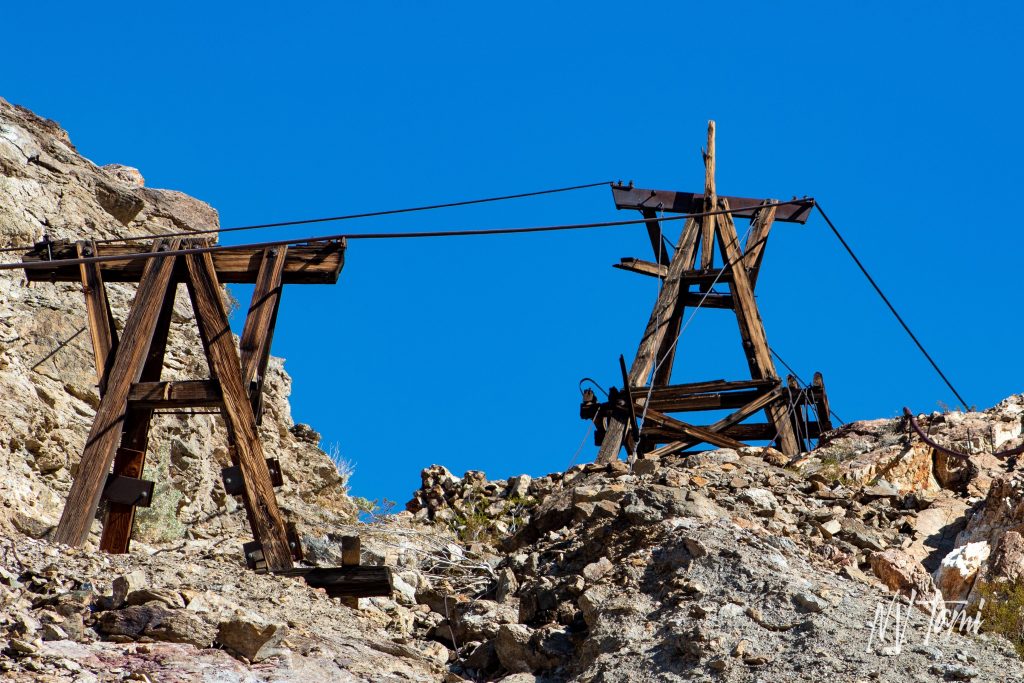
In 1904 Jack Keane and Domingo Etcharren, “the one-eyed Basque butcher of Ballarat”, searched for silver deposits in Death Valley. They explored the Funeral Mountains on the east side of the valley. Domingo abandoned the search but Keane continued to scout the area. Instead of silver ore, he located a ledge of gold ore. Keane and Etcharren established and patented eighteen mining claims.
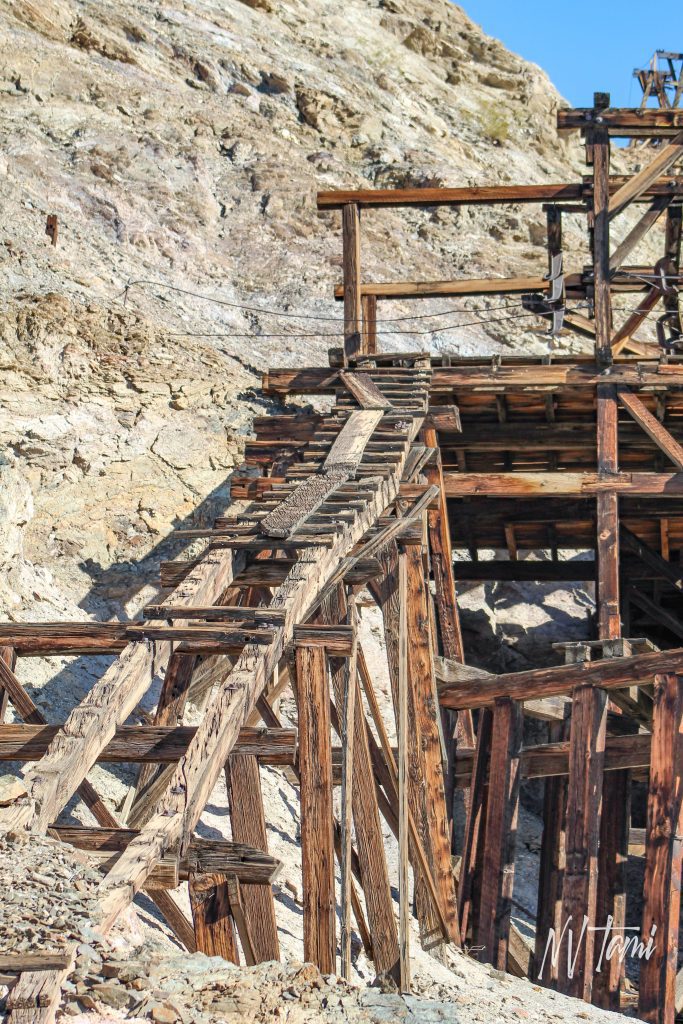
The claims were bonded by Captain Jack R. Delamar in May. Delamar had a purchase option at the end of the year, but he did not exercise the option to fully purchase the claims. Keane and Etcharren continued to work the claim and profited enough to improve the mine and employ a handful of hard rock miners.
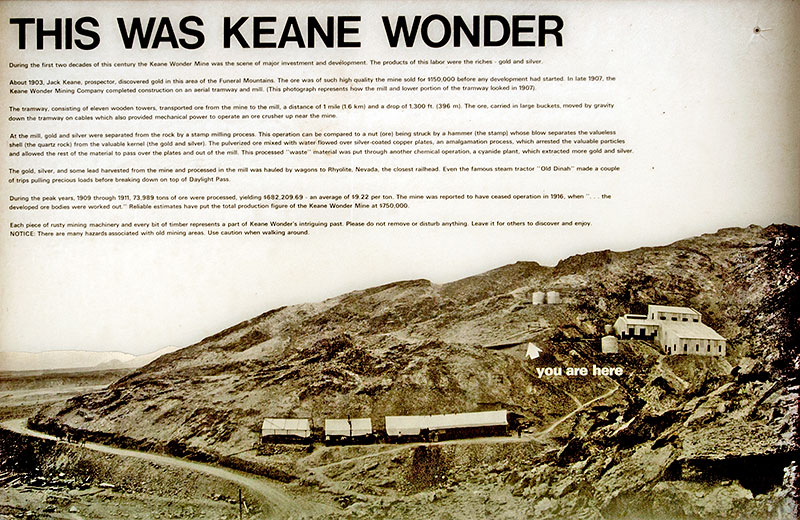
John F. Campbell and his backers purchased the Keane Wonder Mine in 1906. As part of the purchase agreement Keane and Etcharren remained major stockholders and were respectively President and Secretary of the Keane Wonder Company.
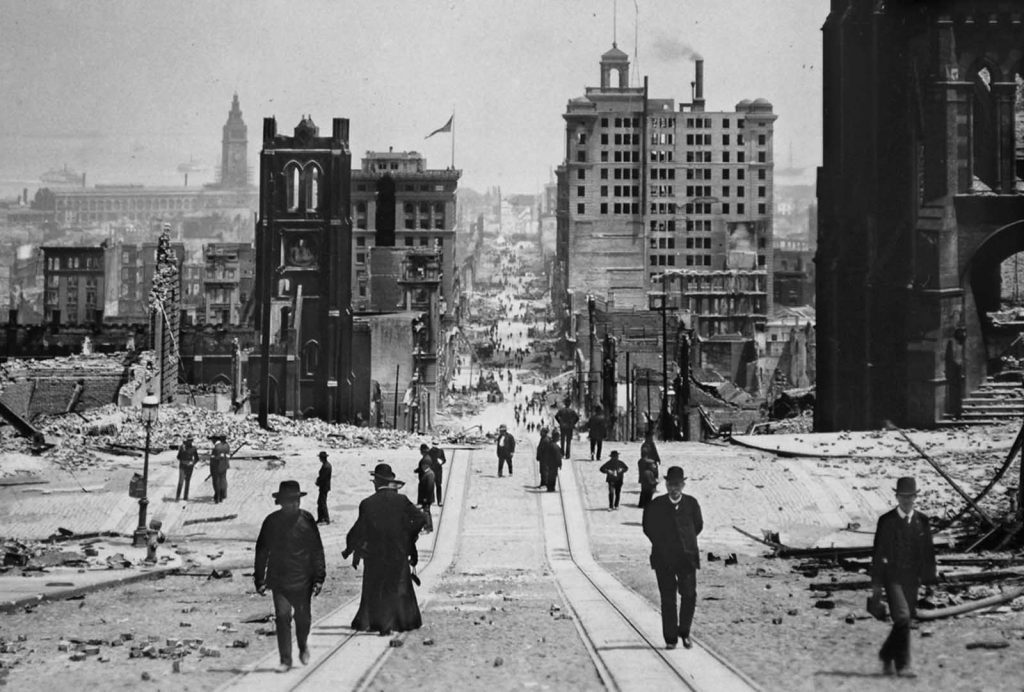
1906 San Francisco Earthquake
(Photo credit: The Atlantic)
The Great Earthquake of 1906 in San Francisco had far-reaching effects. The 7.9 earthquake and resulting fires destroyed 80% of San Francisco and over 3000 people lost their lives. Campbell lost most of his assets and improvements to the Keane Wonder mine ceased. Sildman Consolidated Mines Company purchased the mine in August and Keane and Etrcharren parted ways with the mine they founded.
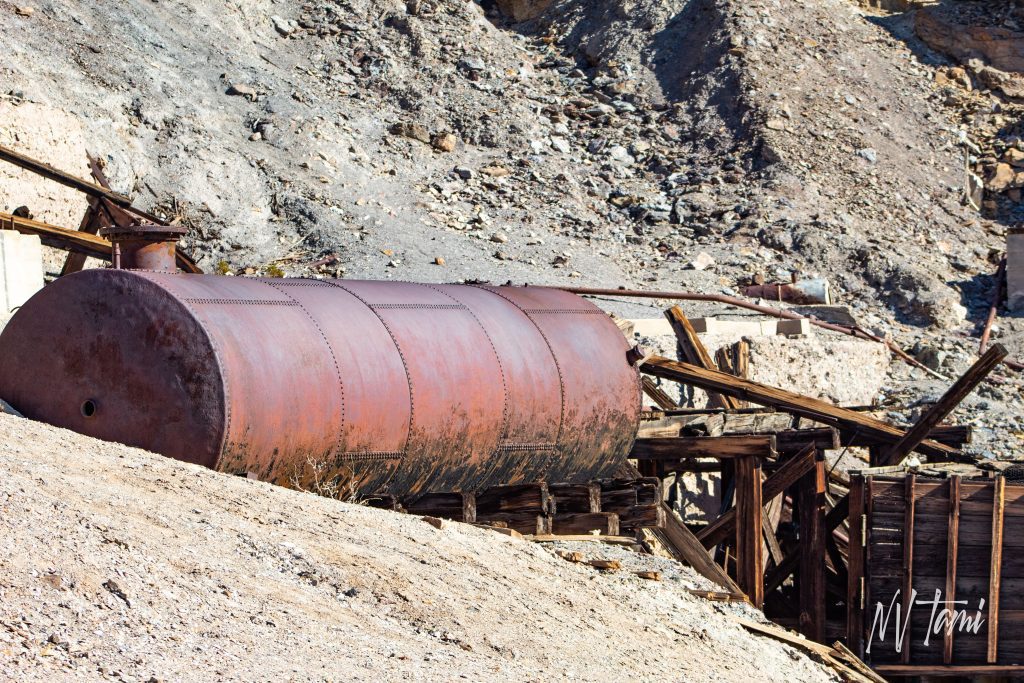
The new owners invested about $85,000 in the mill. They added a twenty stamp mill, concentration tables, cyanide processing and aerial tramway.
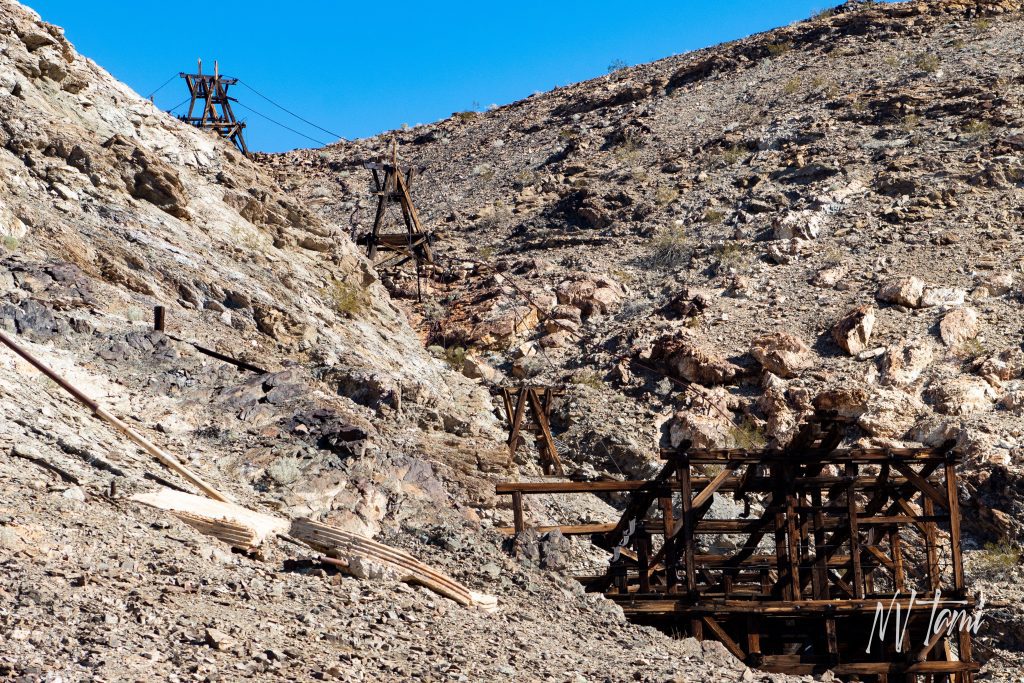
The aerial tramway was a mile long and descended 2000′ from the mine to the mill below. The tramway consisted of two terminals, twelve towers and automatically-loaded ore buckets capable of carrying 600 pounds each. During peak production, the tramway would transport 70 tons of ore per day.
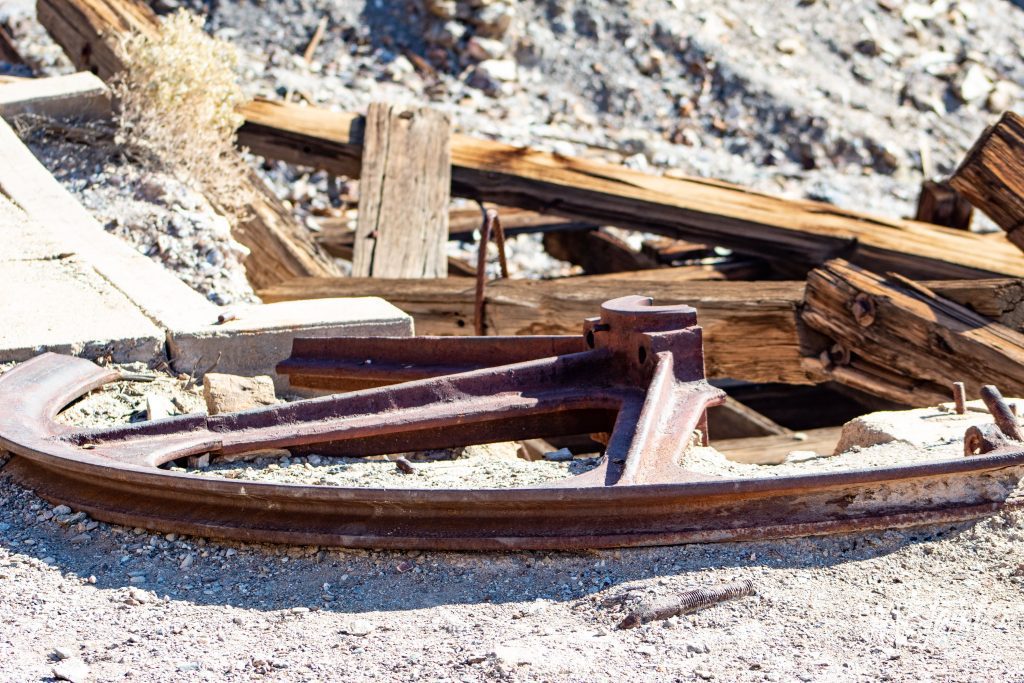
Structures at the mill included a bunkhouse, cookhouse, mess hall and offices. High temperatures made operating the mill difficult. Morning temperatures could reach over 110 degrees and by noon could exceed 124 degrees. Miners were often forced to work at night.
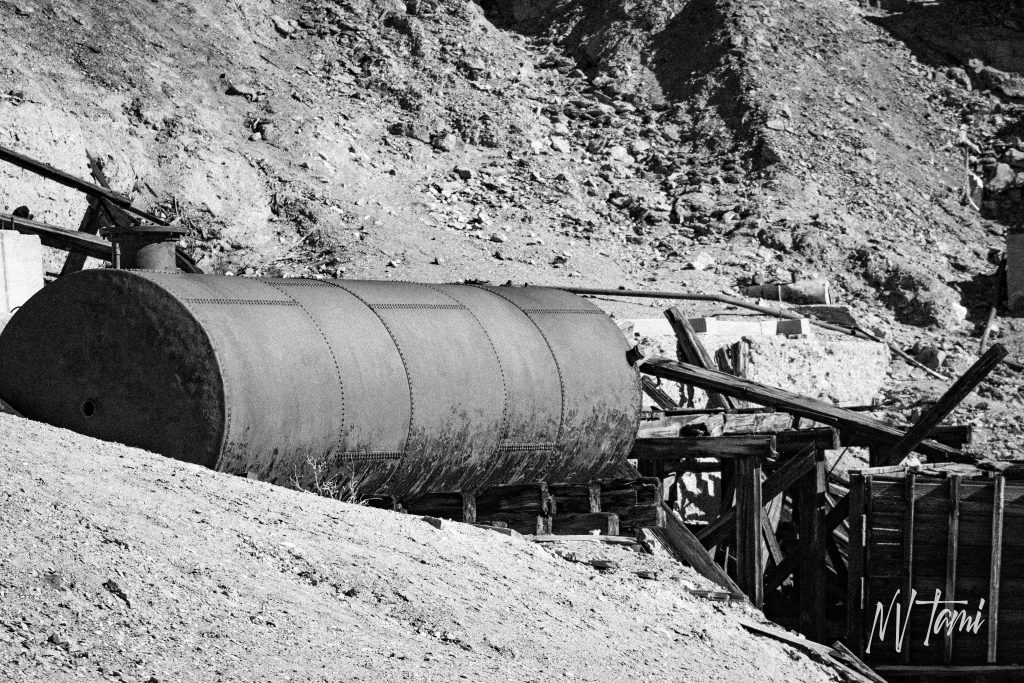
Between 1907 and 1912 Keane Wonder Mine was a steady producer. On February 24, 1912 the tramway cable broke and ore bins fell into ravines below. Repairs cost over $7000 and took a month to complete. The mill was operational for five months after the accident, closing in August.
NOTED MINE’S DAYS OVER. KEANE WONDER HAS WORKED OUT ITS ORE BODIES
August 1912, Inyo Register
The mine was sold several times between 1935 and 1969 but it never saw any significant operation. The final sale was to the National Park Service in the early 1970s for $1.1M. Today Keane Wonder Mine is part of Death Valley National Park. The mine was closed between 2008 and 2017 for stabilization and preservation.
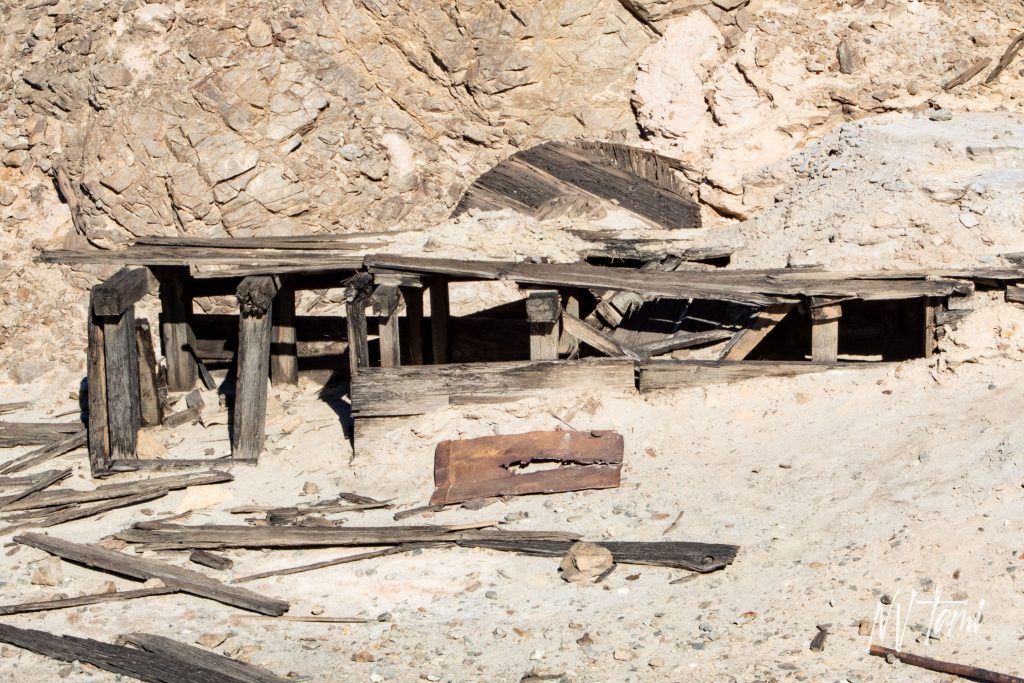
So what happened to the men who discovered and first owned Keane Wonder mine? Etcharren used profits from the sale to purchase a store. Keane’s fortunes would change. He purchased mining claims in the Skidoo District on the west side of Death Valley. Soon after he shot and injured two law enforcement officers. He moved to Ireland where he was sentenced to 17 years in prison for a man he murdered in 1907.

I visited Keane Wonder Mine with the family on a mini vacation at Death Valley. Rhyolite, Nevada is one of my favorite ghost towns and not far from the mine.
Visited 2-22-2019
References
- Backcountry Explores: Keane Wonder Mine, Death Valley
- Destination 4×4: Keane Wonder Mine
- Ghost Towns: Keane Wonder Mine
- Massey et al. California Trails: Desert Region. APC Publishing, 2014. Pages 268-274.
- Mitchell, Roger. Death Valley SUV Trails. Track and Trail Publications, 2006. Pages 124-130.
- National Park Service: Keane Wonder Mine
- The Diggings: Keane Wonder Mine
- Western Mining History: Keane Wonder Mine, California
- Wikipedia: Keane Wonder Mine
Leave a Reply